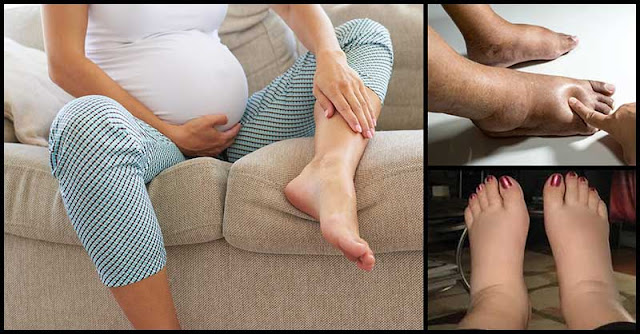Swelling of the lower extremities is common during pregnancy and it tends to get worse as a woman’s due date nears, particularly near the end of the day and during hotter weather. This condition can be due to some reasons. It can be due to the weight of the uterus including the baby, placenta, and fluid that causes pelvic pressure thus preventing the effective return of blood from the lower extremities.
Another reason is that hormones of pregnancy may cause the veins to be more relaxed and fail to move blood against gravity back to the heart and kidneys. This makes pregnant women who sit for longer periods of time to experience swollen ankles at the end of the day.
Here are some of the tips to follow to avoid swelling during pregnancy.
Avoid Wearing Tight Clothing
Wearing tight clothing, especially around the calves and ankles, will only restrict the flow of blood through the legs and feet. Have a pair of comfy, supportive sneakers instead of high heels and steer clear of socks, tights, or stockings with elastic bands.
Eat Foods That Are Natural Diuretics
These foods are those that can help in increasing the excretion of fluids through the kidneys. Consume more asparagus, artichokes, celery, cucumber, tomato, parsley, carrots, watermelon, eggplant, cranberry juice, cabbage, lemon, apple cider vinegar, beets, ginger, and Brussel sprouts.
Avoid Standing For Extended Periods
Sit and relax (or even lay down), with the legs elevated whenever possible. Occasionally rotate each foot at the ankle to gently flex and stretch calf muscles.
Immerse In Water With Epsom Salt
Have a bucket of warm water with some Epsom salts at the end of the day and then soak the feet in it. Hydrostatic pressure pushes fluids back into veins to be excreted.
Lie On The Left Side When Sleeping
Sleep on the left side every night with both legs slightly elevated. Doing this will release the pressure on the inferior vena cave which returns deoxygenated blood from the legs to the heart.
Have A Daily Physical Activity
As much as possible, try to stay physically active by taking a walk, riding a stationary bike, or swimming. Stretching and bending can also be done while standing or sitting in order to boost circulation and prevent muscle cramps.









